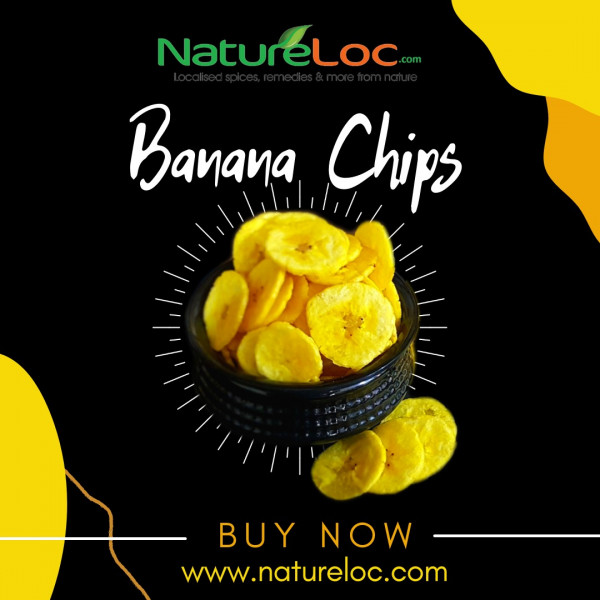Pulses legumes-Surprising facts about pulses you might know
Pulses legumes – 2016 International Year of Pulses
Pulses legumes – The WHO has declared as the international year of pulses. Pulses apart form being the richest source of plant proteins are also rich in fibers,vitamins, antioxidants, and at the same time delicious and healthy. Studies have shown that pulses have the capacity to prevent diabetes,heart attacks and reduce the incidence of obesity,hypertension and high cholesterol. Hence the WHO has advised that pulses available locally in each country should be promoted to maintain the health of the general population.
Indians are the luckiest in this aspect because in India we have largest variety of pulses growing in the whole world. What we see most of the times is that many diabetic patients avoid pulses fearing that pulses contribute to acidity and gaseous distension of the abdomen. This can be easily countered by sprouting the pulses. Sprouting pulses not only reduces its ability to cause gaseous discomfort but also greatly enhances its protein content.
Pulses and legumes What are they?
Chickpeas – Kabuli and Desi
Lentils – Green,red,small brown,french green and black
Dry Peas – Split green,split yellow,whole green and whole yellow
Beans – Adzuki,black,black eye peas,Kidney dark red,Kidney light red,Great Northern,Navy,Rinto,Fava,Small red,Mung,lima,cranberry and pink
Facts about Pulses – Pulses legumes
1 Pulse- The word pulse originates directly from the Latin puls meaning “Thick gruel,porridge,mush”
Pulses a subgroup of the legume family;refers only to the dried seed
2. Legume – refers to the plants whose fruit is enclosed in a pod
3. Crops of ancient origin
Pulses have been an essential part of the human diet for centuries.
The agricultural production of beans,chickpeas and lentils dates to 7000- 8000 B.C
4. Versatile ingredient with long shelf life
Pulses can be stored for months without losing their high nutritional value providing increased food availability between harvests
A key ingredient in many national and regional dishes such as
Black beans,Chilli,Daal,Falafel
5. Part of the vital web of biodiversity
Inter cropping with pulses increases farm biodiversity and creates a more diverse landscape for animals and insects.
6 Foster sustainable agriculture and soil protection
The nitrogen fixing properties of pulses can improve soil fertility which improves and extends the productivity of farmland
7. Highly water efficient
Water efficiency of pulses compared to to the protein sources:
- 1kg Dal – (split peas and lentils) – 50 litres
- 1 kg chicken – 4 325 litres
- 1g mutton – 5 520 litres
- 1 kg beef – 13000 litres
8. Economically accessible and multipurpose
Farmers who cultivate pulses have the option to both eat and /or sell their harvest
Pigeon peas and Bambara beans can be cultivated in very poor soils and semi-and environments
Crop residues from grain legumes can also be used as animal fodder
9. A Powerful superfood
- Zero cholesterol
- High content of Iron and Zinc
- Rich nutrients’
- Gluten fee’
- Rich in minerals and B-Vitamins
- Source of protein’
- Low glycaemic index
- Low fat content
- Source of dietary fibre
























